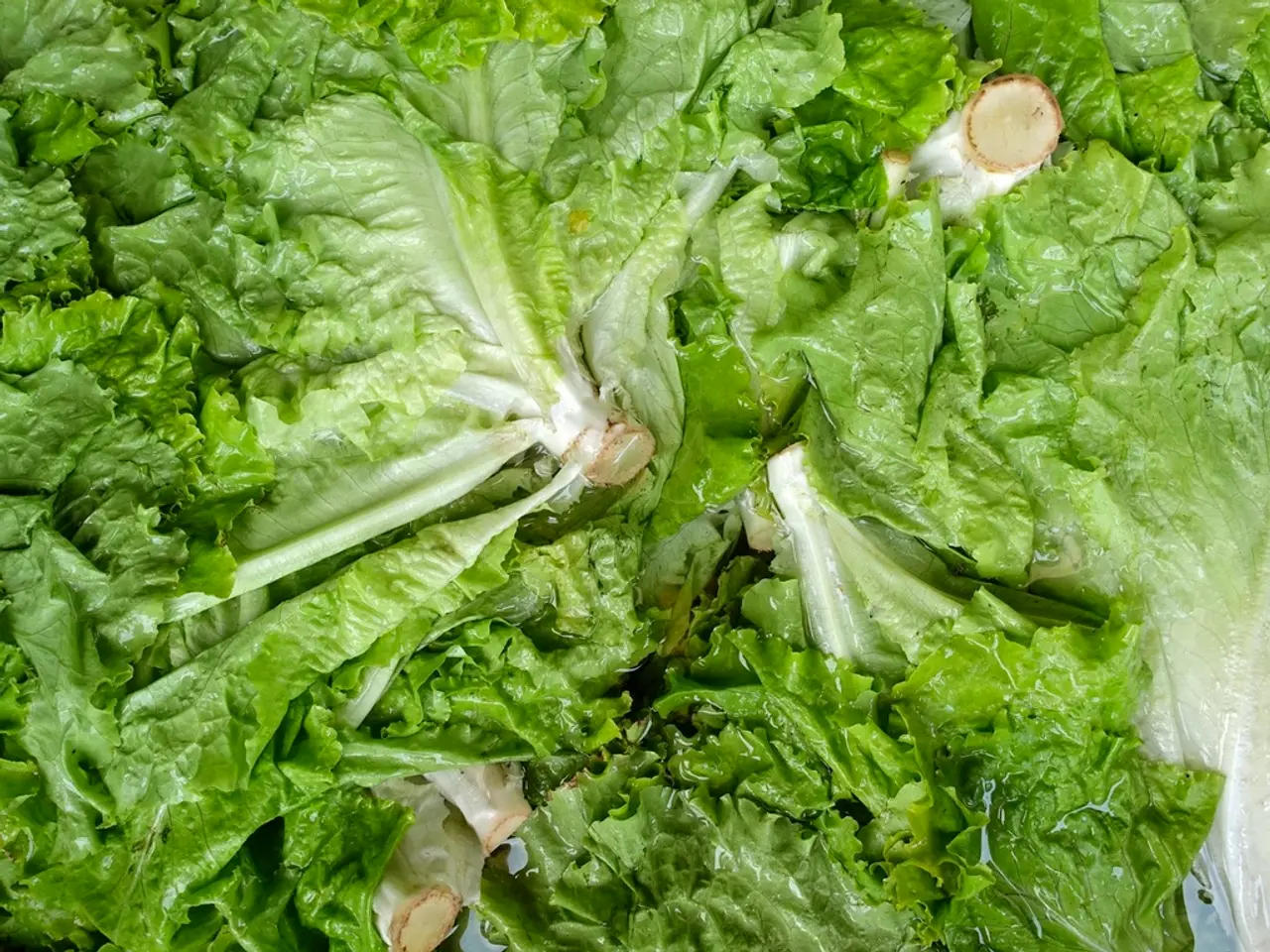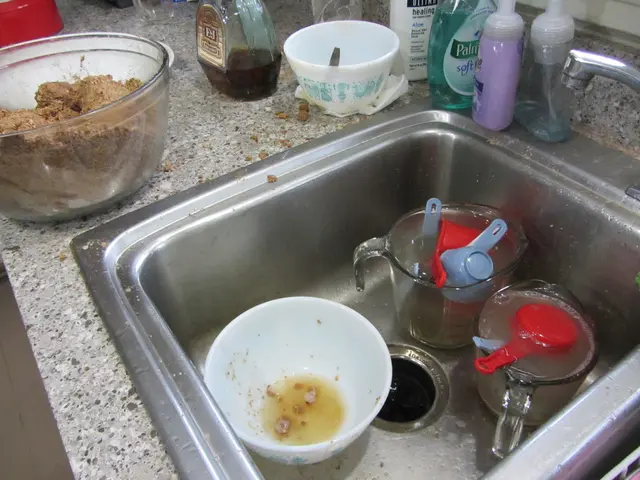Signs and Appropriate Time for Harvesting Lettuce: Crucial Indications to Consider
Garden Gazing with Glen: Lettuce Love It!
Hey there, green thumbs! It's your friendly neighborhood gardening enthusiast, Glen, here to get you pumped about the ultimate leafy treasure: lettuce! If you ain't growing lettuce, you're missin' out, my friends.
In your daily garden strolls, popping by to check on your lettuce garden is a delight! To know when it's the perfect time to harvest your lettuce, wait until the outer leaves are 4 to 6 inches long for leaf varieties, or when the head lettuce feels firm. This ensures maximum flavor and tenderness. Don't let your lettuce mature too long, or else it'll bolt like a rocket and become bitter as ever!
Lettuce Varieties—A Whole New World!
Getting the right lettuce for your local climate is key to growing a bountiful lettuce garden. Romaine offers a satisfying crunch and slight bitterness, making Caesar salads a heavenly treat, while butterhead or Boston lettuce boasts soft, buttery leaves with a milder flavor, perfect for wraps. For the ultimate texture explosion, embrace both robust crunch and tender bites.
Know your climate, and choose lettuce varieties that'll thrive. Cos or romaine lettuce grows well in various conditions, great for spring and fall planting. If you're in a milder climate, loose-leaf varieties can be harvested numerous times throughout the season, doing wonderfully in these atmospheres. For those who dare to garden in tropical zones, butterhead cultivars are tolerant of heat and can flourish with plenty of sunshine (just be sure to provide some shade to prevent premature flowering).
Lettuce — From Seed to Salad
Mastering lettuce growth comes down to proper soil preparation and seed-sowing techniques. To give your lettuce the best start, incorporate compost or aged manure into the soil. Plant the seeds about 1/4 inch deep at a spacing of 12 inches apart. Aim to sow after any risk of frost to guarantee your lettuce gets plenty of time to grow. Just remember that spacing ain't just about giving your lettuce room; it helps keep diseases at bay!
Like a horticultural juggernaut, monitor your garden for clues on how your lettuce is doin'. Consistently keep the soil moist but not soggy, ensuring it remains slightly acidic (pH 6.0 to 6.5). And, of course, keep tabs on any pesky critters that might try to crash the lettuce party, using organic methods to maintain harmony in your lettuce oasis.
Harvesting Hacks
Timing is everything when it comes to lettuce harvesting. Early morning hours, when it's still cool and crisp, are the time to conquer your lettuce field. To pick individual leaves, “cut and come again”—use your thumb and forefinger or a clean pair of scissors to snip the leaves. And, for head lettuce, squeeze gently to check its firmness. Once it's compact, use a sharp knife or garden shears to remove the whole head.
Post-Harvest Pleasures
Once your lettuce leaves are safely in your clutches, follow these simple steps to keep 'em fresh and zesty:
- Store at the right temperature (32-35°F)
- Keep away from freezing
- Minimize processing
- Use paper towels to absorb excess moisture
- Stash your lettuce in an airtight container
Now that you've put in the hard work, it's time to enjoy your lettuce galore! Mix different lettuce types to create a vibrant, flavorful salad, wrap up tasty treats in lettuce leaves, or dare to try smoothies with fresh lettuce. The lettuce kingdom awaits!
Unleash Your Lettuce Creativity!
With your very own lettuce garden, limitless lettuce creations are within reach. Make your meals pop with color, flavor, and crunch! Ain't nothing like fresh, homegrown lettuce!
- After determining the ideal planting season for your climate, consider incorporating various lettuce varieties such as romaine, butterhead, and cos into your home-and-garden, as they each offer unique textures and flavors that can enhance your lifestyle and daily meals.
- Once you've started your lettuce garden, remember to keep an eye on your crops, ensuring they are well-watered, get enough sunlight, and are spaced appropriately to maintain good health and prevent diseases. harvest your lettuce at the right time (when outer leaves are 4 to 6 inches long for leaf varieties or when head lettuce feels firm) to enjoy the maximum flavor and tenderness, with fresh lettuce adding a fresh touch to your home-and-garden living and home-cooked meals.








